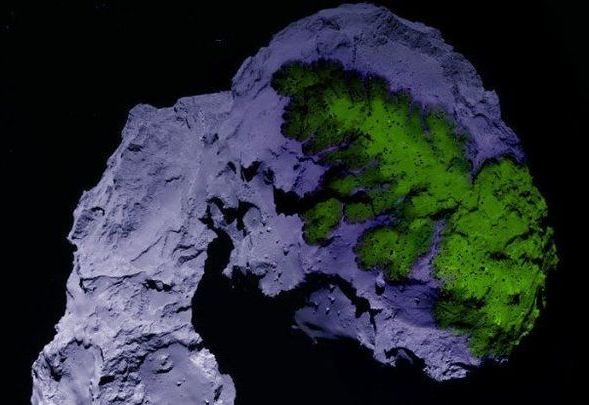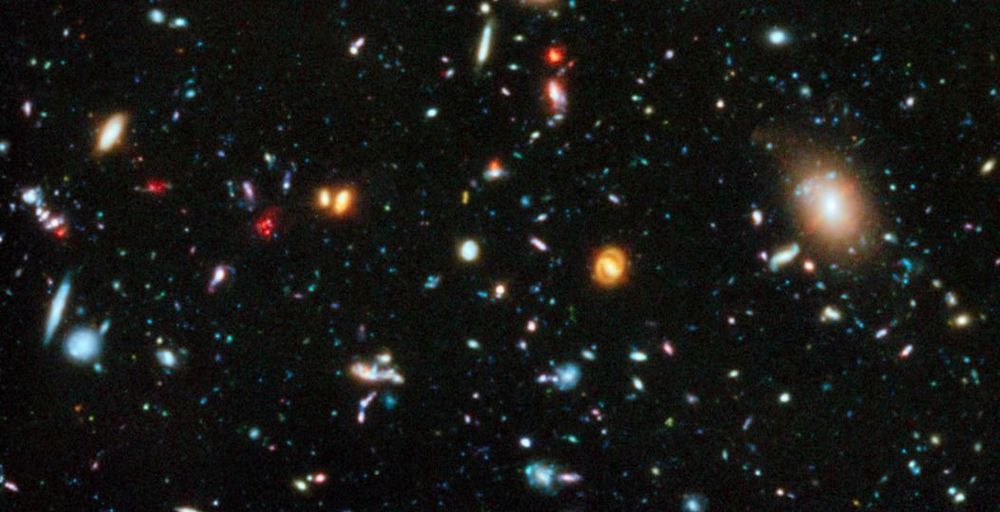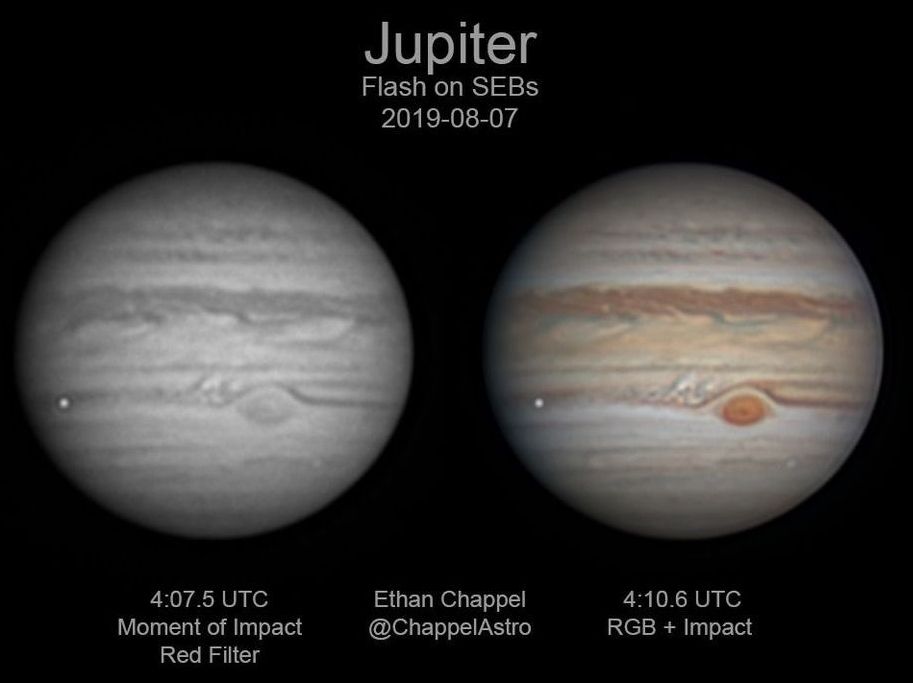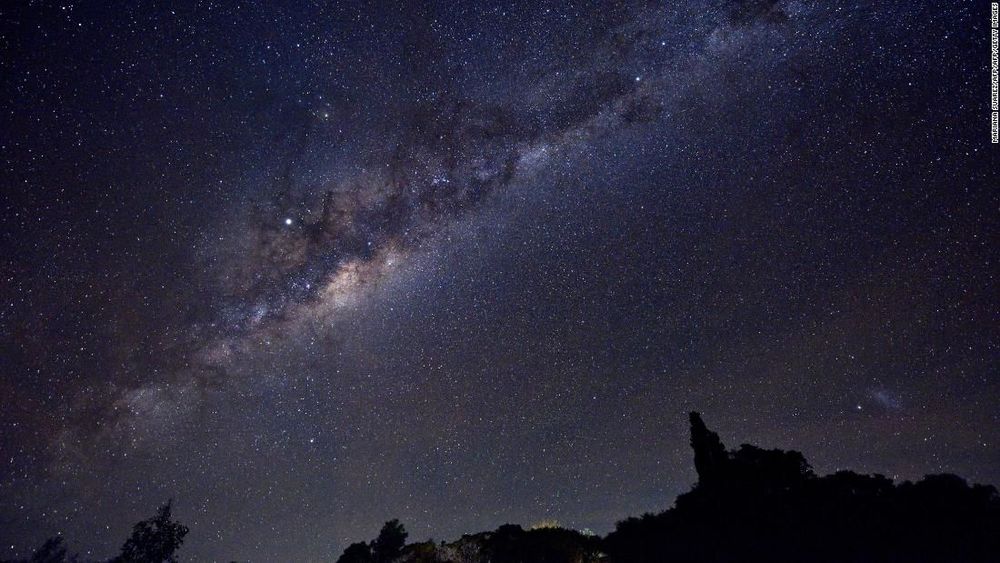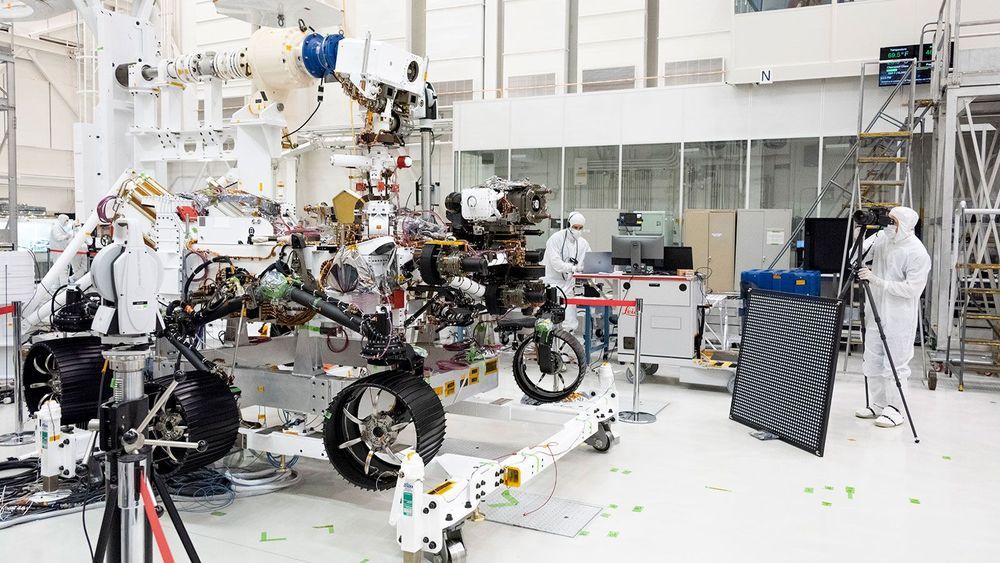Patience proved the key ingredient to what researchers are saying may be an important discovery about how complex life evolved. After 12 years of trying, a team in Japan has grown an organism from mud on the seabed that they say could explain how simple microbes evolved into more sophisticated eukaryotes. Eukaryotes are the group that includes humans, other animals, plants, and many single-celled organisms. The microbe can produce branched appendages, which may have helped it corral and envelop bacteria that helped it—and, eventually, all eukaryotes—thrive in a world full of oxygen.
“This is the work that many people in the field have been waiting for,” says Thijs Ettema, an evolutionary microbiologist at Wageningen University in the Netherlands. The finding has not yet been published in a peer-reviewed journal, but on Twitter, other scientists reviewing a preprint on it have already hailed it as the “paper of the year” and the “moon landing for microbial ecology.”
The tree of life has three major branches—bacteria and archaea make up two, both of which are microbes that lack nuclei and mitochondria, distinct membrane-bound compartments to store DNA or generate energy, respectively. Those components, or organelles, characterize cells of the third branch, the eukaryotes. The prevailing thinking is that roughly 2 billion years ago, a microbe belonging to a group called the Asgard archaea absorbed a bacterium called an alphaproteobacterium, which settled inside and became mitochondria, producing power for its host by consuming oxygen as fuel. But isolating and growing Asgard archaea has proved a challenge, as they tend to live in inhospitable environments such as deep-sea mud. They also grow very slowly, so they are hard to detect. Most evidence of their existence so far has been fragments of DNA with distinctive sequences.
